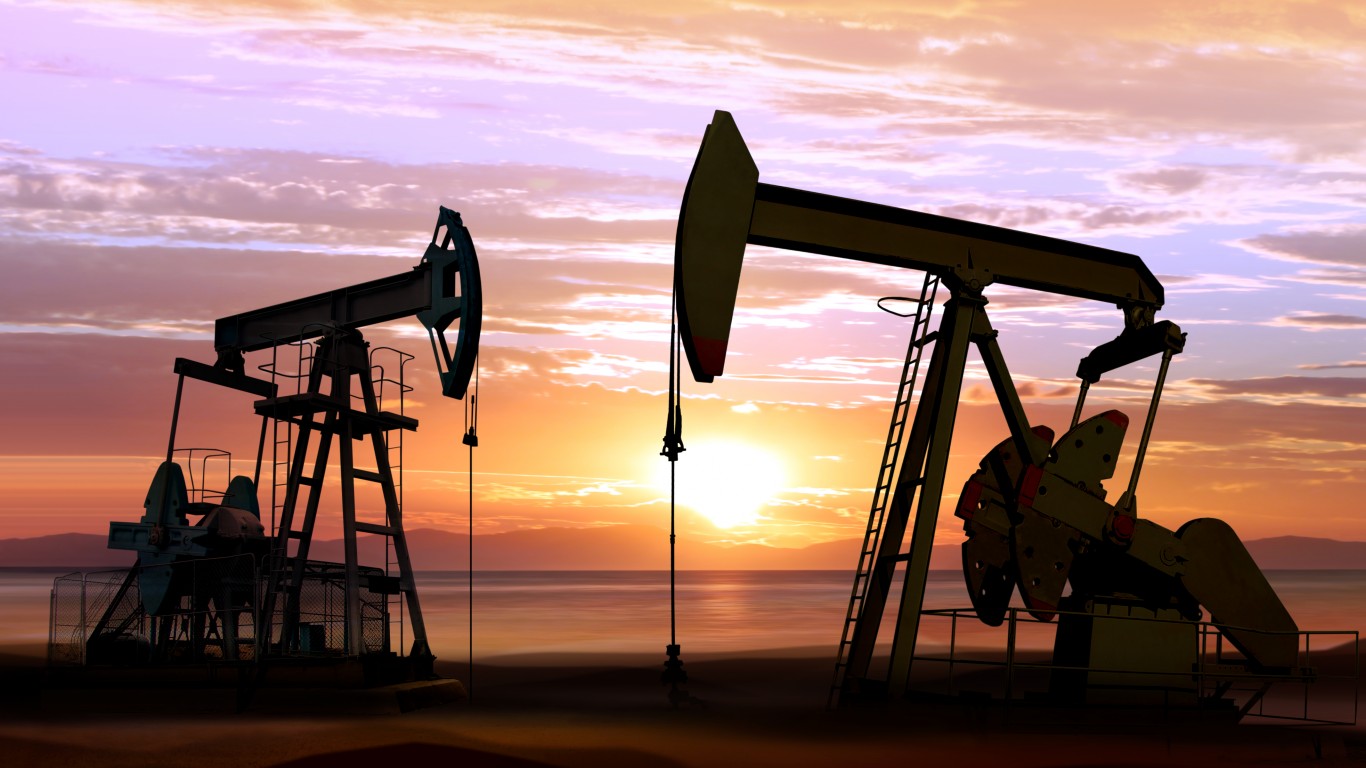
Oklahoma City-based Chaparral Energy Inc. (NYSE: CHAP) on Sunday filed for a Chapter 11 bankruptcy restructuring with some of its debtholders in a so-called prepackaged plan of reorganization. Under the terms of the plan, all $300 million of Chaparral’s existing unsecured debt will be converted to equity.
More than 30 oil and gas exploration and production (E&P) production companies have filed bankruptcy so far in 2020, according to data maintained by law firm Haynes and Boone. Through the end of July, nearly $50 billion in secured and unsecured debt has been included in the filings.
From 2015 through July, $171.4 billion in debt has been restructured. During that time, 115 Texas-based companies have filed for bankruptcy, as have 36 Delaware-based firms. Bankruptcies in Texas have totaled about $105 billion of the total.
Chaparral’s deal with its creditors includes $175 million in new lending through a reserves-based exit facility and “a fully backstopped $35 million new money convertible note rights offering.” Existing equity holders, with some exceptions, will be wiped out once the new equity is distributed.
It’s worth asking whether basing more lending on oil and gas reserves still in the ground remains a reasonable way to value E&P companies. Last month, when Chevron Corp. (NYSE: CVX) announced a $5 billion all-stock deal to acquire Noble Energy Inc. (NYSE: NBL), Chevron said the deal increased its proved oil and gas reserves by 18% at an average cost of less than $5 per barrel of oil equivalent and that the acquisition adds almost 7 billion barrels of risked reserves at less than $1.50 per barrel.
At the end of 2019, Chaparral reported 96.6 million barrels of oil equivalent reserves. At $5 a barrel, that’s less than $500 million. When the company exits bankruptcy, its new debt will total around 40% of the value of its reserves.
According to analysts at Rystad Energy, so far in 2020, the E&P industry already has issued $10.5 billion in new borrowing. Capital raises have been aimed at two things: debt refinancing and drilling capex support. Chaparral’s bankruptcy filing keeps it in the game for a while.
Rystad also wonders if now is the right time for asset-specific acquisitions. Chevron’s deal for Noble Energy indicates that the time is indeed good for buyers with some heft. There aren’t many of those around, but Chaparral’s new owners are going to be beating the bushes to find one.
As a standalone producer, Chaparral likely cannot survive. What the lenders have to be hoping for is a sale, and soon, before the company has to liquidate or sell its reserves for a lower price than Noble did.
Get Ready To Retire (Sponsored)
Start by taking a quick retirement quiz from SmartAsset that will match you with up to 3 financial advisors that serve your area and beyond in 5 minutes, or less.
Each advisor has been vetted by SmartAsset and is held to a fiduciary standard to act in your best interests.
Here’s how it works:
1. Answer SmartAsset advisor match quiz
2. Review your pre-screened matches at your leisure. Check out the advisors’ profiles.
3. Speak with advisors at no cost to you. Have an introductory call on the phone or introduction in person and choose whom to work with in the future
Thank you for reading! Have some feedback for us?
Contact the 24/7 Wall St. editorial team.




